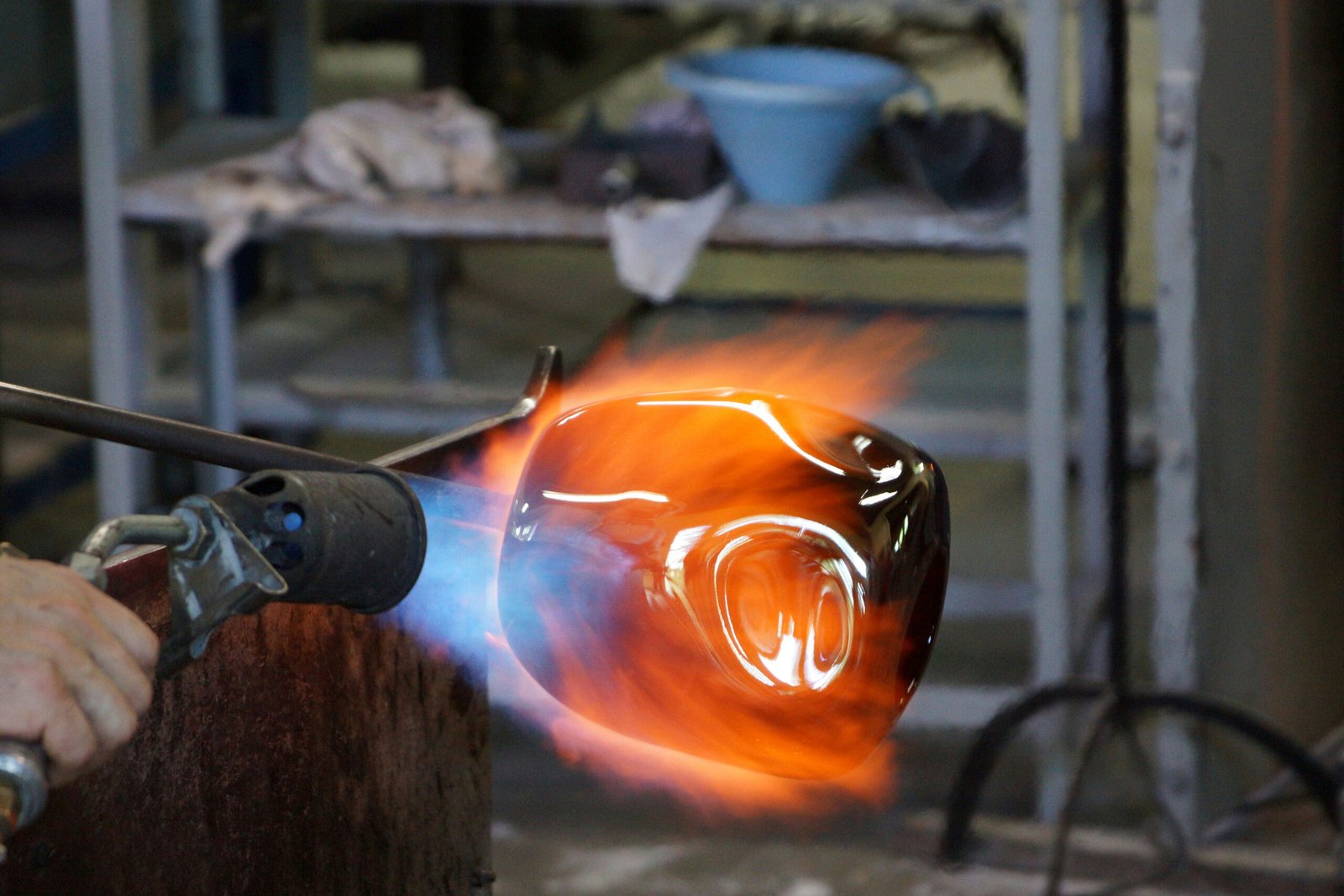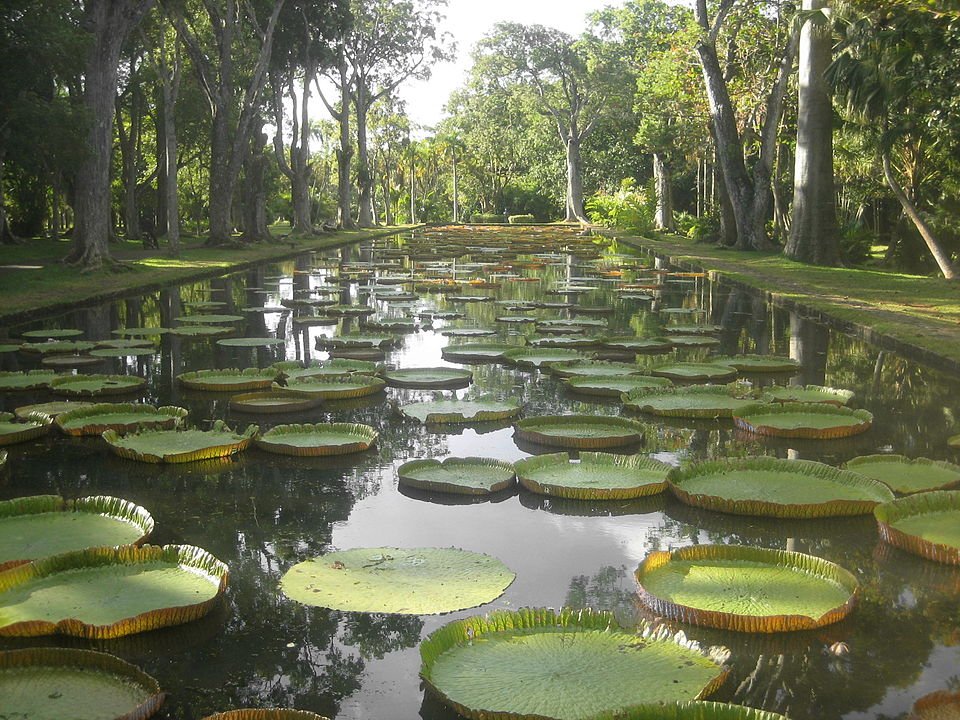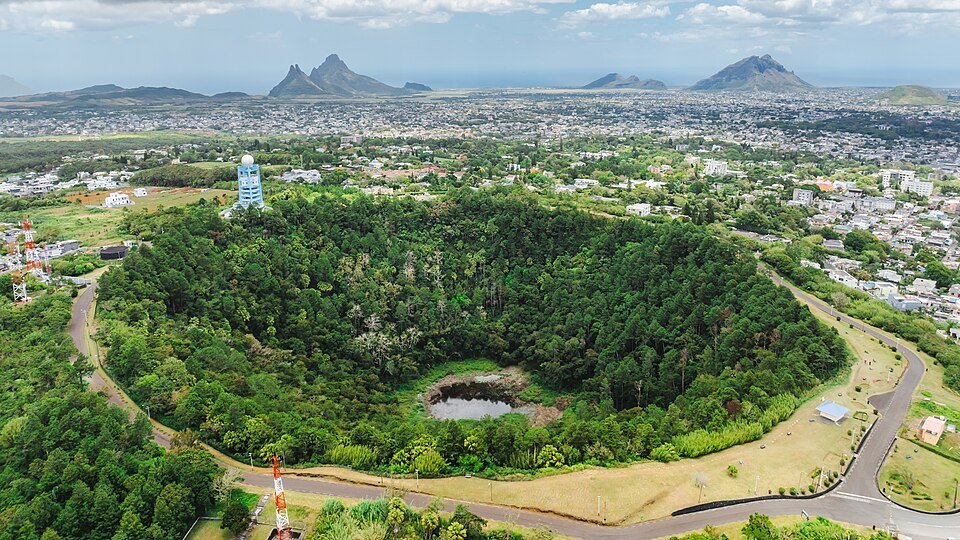The City of Lights
Curepipe, located in the central plateau of Mauritius, is a town known for its blend of history and natural beauty. Established in the early 19th century, it was originally a stop for traders and travelers journeying through the island. Over the years, Curepipe has evolved into one of the largest towns in Mauritius, attracting attention for its cooler climate, scenic landscapes, and vibrant cultural scene.
The geographical features of Curepipe contribute significantly to its charm. Nestled at an altitude of approximately 550 meters, the town offers breathtaking views of the surrounding valleys and lush greenery. This elevation creates a refreshing climate, often referred to as a haven from the island's coastal heat. The area is also home to several natural attractions, including its proximity to the beautiful Trou aux Cerfs, a dormant volcanic crater that showcases the region's geological history and provides panoramic vistas.
Curepipe's appeal extends beyond its picturesque landscapes. The town holds cultural and historical value, evident through its colonial architecture, local markets, and ethnic diversity. A visit to Curepipe allows tourists to immerse themselves in the local Mauritian culture, where they can explore traditional markets, sample local cuisine, and engage with friendly residents. This combination of history, nature, and community spirit has made Curepipe a popular destination for both locals and international visitors alike.
Places
Curepipe Highlights

The Mauritius Glass Gallery
The Mauritius Glass Gallery stands as a remarkable testament to the art of glassmaking, located in Vacoas-Phoenix, 20 minutes from the heart of Curepipe. This enchanting site not only showcases the intricate craftsmanship involved in glass art but also serves as an educational hub for visitors eager to delve into the world of this fascinating medium. The gallery features an impressive range of glassworks, from decorative pieces to functional art, embodying both traditional techniques and innovative designs. One of the hallmarks of the Mauritius Glass Gallery is its dedication to local artistry. Skilled artisans, often found working on-site, use a variety of methods such as blowing, molding, and sculpting to create stunning glass pieces. Each creation reflects the unique cultural heritage of Mauritius, often incorporating elements inspired by the island's vibrant flora and fauna. Visitors can witness firsthand the meticulous process of glass formation, gaining a deeper appreciation for the artistry and effort that goes into each item. Furthermore, the gallery offers an excellent opportunity for tourists to purchase one-of-a-kind souvenirs. With a diverse selection of glass items available for sale, visitors can find everything from elegant vases and intricate sculptures to colorful ornaments. These unique pieces not only serve as beautiful decor but also as meaningful reminders of one's visit to Curepipe. The Mauritius Glass Gallery, therefore, not only promotes the art of glassmaking but also supports the local economy by providing a platform for artisans to display and sell their work.

The Sir Seewoosagur Ramgoolam Botanical Garden
The Sir Seewoosagur Ramgoolam Botanical Garden, often referred to as the SSR Botanical Garden, stands as a testament to Mauritius' natural beauty and biodiversity. Established in 1770, initially as a small herb garden for the French governor, it has since evolved into a sprawling garden that spans over 60 acres. The garden is named after Mauritius' first Prime Minister, Sir Seewoosagur Ramgoolam, in recognition of his significant contributions to the nation’s progress.
This botanical haven is famed for its remarkable collection of indigenous and exotic plant species, including over 600 varieties. Visitors to the garden will encounter an array of flora, such as the iconic Giant Water Lilies, which can be observed floating majestically on the surface of the ponds. The garden is also home to several species of palm trees, tropical flowering plants, and medicinal herbs that reflect Mauritius' rich ecological heritage. This diversity not only appeals to avid botanists but also captivates casual visitors seeking a serene retreat.
The peaceful atmosphere of the SSR Botanical Garden makes it an ideal location for nature lovers and photographers looking to capture the essence of this lush environment. The carefully maintained pathways and tranquil ponds provide the perfect backdrop for leisurely strolls, allowing guests to immerse themselves in the natural surroundings. Whether it is the vibrant colors of blooming flowers or the serene sounds of rustling leaves, the garden offers a sensory experience that leaves a lasting impression on all who visit.

Trou aux Cerfs
Trou aux Cerfs is an extraordinary natural site located in Curepipe, Mauritius, known for its stunning features and significance as an extinct volcanic crater. This geological formation is approximately 605 meters above sea level and holds a depth of about 80 meters. Visitors are often captivated by the lush surroundings of this prominent landmark, where vibrant greenery envelops the circular crater. The scenic beauty of Trou aux Cerfs makes it a popular destination for both tourists and locals, providing a serene escape from the bustling city life.
One of the major attractions of Trou aux Cerfs is its panoramic views. From the rim of the crater, visitors are treated to breathtaking vistas of the surrounding landscapes. On a clear day, it is possible to gaze upon the distant waters of the Indian Ocean, as well as the picturesque hills and valleys of the island. This vantage point serves as an inspiring backdrop for photography enthusiasts and nature lovers alike, who often seek to capture the tranquil ambiance of the area. Birdwatchers can also delight in the diverse avian species that inhabit the region, making this destination a haven for nature exploration.
In addition to admiring the scenic views, visitors can engage in various activities while exploring Trou aux Cerfs. A popular activity includes strolling along the walking paths that wind around the crater's edge, offering opportunities for leisurely hikes and intimate encounters with nature. Picnic spots are also available, inviting families and friends to savor a meal while absorbing the picturesque surroundings. Furthermore, the site is enhanced by local vendors who provide refreshments, giving visitors the chance to sample traditional Mauritian snacks.
